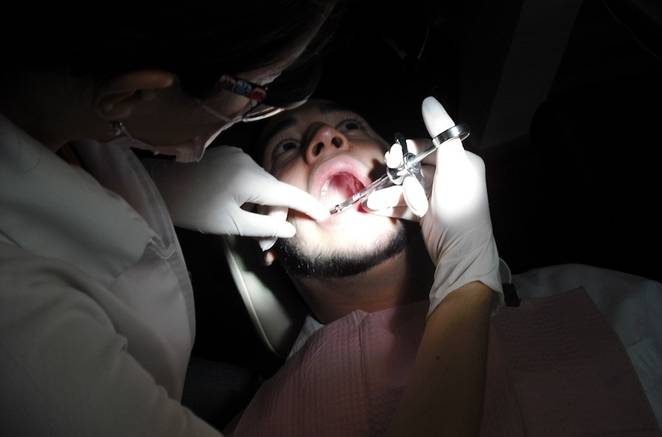

Researchers have found that an Alzheimer's drug triggers dentine regrowth, eliminating need for fillings.
Dental fillings could soon be a thing of the past, if groundbreaking new research from King’s College London makes it into clinics. Published this month in Scientific Reports,the paper explains how stem cell growth can be stimulated in tooth pulp, using a drug approved for Alzheimer’s treatment. The process generates new dentine, the mineralized material that protects the tooth, and could eliminate the need for fillings or cements.
Usually, when a tooth undergoes trauma or infection, it grows a thin layer of dentine to protect the damaged site and seal off the tooth pulp. But this layer is not sufficient to fill deep cavities, which is why dentists use artificial substances, such as cements or fillings, to fill the spaces. These substances do not degrade and are susceptible to infection; they remain in the tooth until they need to be replaced, which can happen multiple times over a patient’s life. Eventually the tooth may not be able to handle further fillings and must be extracted.
This new alternative method, however, involves inserting a small biodegradable sponge soaked in Tideglusib, the Alzheimer’s drug, into the cavity space. It contains an inhibitor that turns off an enzyme called GSK-3 that prevents dentine formation. Over time the sponge, made of collagen, disintegrates, and the dentine is able to form more deeply than usual with minimal intervention.
From the study discussion:
“If a simple method can be developed that acts to enhance the natural processes of dentine restoration by stimulating tertiary dentine formation, then large injuries that would certainly lead the dental pulp to undergo necrosis could be repaired by enabling reparative dentine to be formed at the site of damage.”
It is a non-invasive treatment for a common problem that has great potential for widespread application. So far it has only been used on mice, but because the treatment features a drug that’s already been approved for human use, it could be fast-tracked for human clinical trials.